Imagine walking into a restaurant in Sydney in 2030. As you enter, a robot greets you with a smile, guides you to your table, and takes your order. The kitchen is bustling—not with chefs, but with robotic arms preparing dishes with precision. This is not a scene from a sci-fi movie but a glimpse into the potential future of dining in Australia. The integration of AI and robotics in the dining sector is poised to revolutionize the industry, promising efficiency, consistency, and unique dining experiences. This article explores how these technologies will reshape the dining landscape in Australia, backed by data, expert insights, and real-world examples.
The Current State of AI and Robotics in Dining
Globally, the adoption of AI and robotics in the dining industry is accelerating. According to a report by Deloitte, the global market for restaurant automation is expected to reach $12.3 billion by 2030. In Australia, the trend is catching on, albeit at a slower pace. The Australian Bureau of Statistics (ABS) notes that while only 5% of restaurants currently use advanced automation technologies, this number is set to grow rapidly in the coming years.
Case Study: Australia's Early Adopters
One of the notable early adopters in Australia is the restaurant chain, Yo! Sushi, which introduced robotic servers in its Sydney outlet in 2022. The robots, named 'BellaBot,' have been successful in enhancing customer engagement and operational efficiency. According to the restaurant's management, the introduction of BellaBot led to a 20% increase in customer satisfaction and a 15% reduction in serving time.
AI and Robotics: A Game Changer for the Dining Industry
AI and robotics are set to transform various aspects of the dining industry, including:
- Efficiency and Consistency: Robotic chefs can prepare dishes with precision, ensuring consistency in taste and presentation. This can be particularly beneficial for chain restaurants aiming to maintain uniformity across outlets.
- Cost Reduction: Automation can significantly reduce labor costs. A recent study by the Reserve Bank of Australia (RBA) suggests that restaurants could save up to 30% on labor costs by integrating robotics and AI.
- Enhanced Customer Experience: AI-powered systems can personalize dining experiences by analyzing customer preferences and suggesting menu items accordingly.
Challenges and Ethical Considerations
Despite the promising outlook, the integration of AI and robotics in dining is not without challenges. Ethical concerns, particularly around job displacement, are significant. The Australian Competition & Consumer Commission (ACCC) emphasizes the need for policies that balance technological advancement with workforce protection. Additionally, data privacy is a concern, especially for AI systems analyzing customer preferences.
Pros vs. Cons of AI and Robotics in Dining
Let's explore the advantages and potential drawbacks of these technologies:
Pros:
- Consistency in food quality and service.
- Reduction in operational costs.
- Improved customer experiences through personalization.
- Increased efficiency in food preparation and service.
Cons:
- Significant initial investment costs.
- Potential job loss in the service sector.
- Data privacy concerns.
- Regulatory challenges in integrating new technologies.
Global Trends and Their Implications for Australia
Globally, countries like Japan and the United States are leading the charge in adopting AI and robotics in dining. In Japan, the restaurant chain 'Pepper Parlor' uses humanoid robots for greeting and serving customers, showcasing the potential for seamless human-robot interaction. For Australia, this global trend presents opportunities and challenges. Australian restaurants can learn from these global pioneers to enhance their own operations while tailoring solutions to local tastes and regulatory environments.
Future Trends and Predictions
The future of dining in Australia is likely to be shaped by several key trends:
- Increased Automation: By 2030, it is predicted that 50% of Australian restaurants will adopt some form of automation, driven by the need for efficiency and cost management.
- AI-Driven Personalization: Restaurants will increasingly use AI to offer personalized dining experiences, enhancing customer satisfaction and loyalty.
- Focus on Sustainability: Robotics can support sustainable practices by reducing food waste through precise portion control and efficient resource management.
Conclusion
The integration of AI and robotics in Australia's dining industry is not just a futuristic vision but an imminent reality. While challenges exist, the potential benefits in terms of efficiency, cost management, and customer experience are substantial. For Australia to fully realize these benefits, a balanced approach is needed—one that embraces innovation while addressing ethical and regulatory considerations. As the industry evolves, Australian businesses that strategically adopt these technologies will likely lead the way in redefining the dining experience.
What are your thoughts on the impact of AI and robotics on Australia's dining industry? Share your insights in the comments below!
People Also Ask (FAQ)
How will AI and robotics impact jobs in Australia's dining industry?
AI and robotics may lead to job displacement in some areas, but they also create new opportunities in tech support and automation management, potentially reshaping the workforce.
Are Australian restaurants ready for AI and robotics integration?
While some are early adopters, many Australian restaurants are still exploring the potential of these technologies, with growth expected as the benefits become more widely recognized.
How can AI improve customer experience in dining?
AI can personalize dining experiences by analyzing customer preferences and providing tailored recommendations, enhancing satisfaction and loyalty.
Related Search Queries
- AI in Australian restaurants
- Robotic chefs in Australia
- Future of dining technology
- AI in food industry Australia
- Robotics in hospitality sector
- Automation in Australian dining
- AI-driven customer service in restaurants
- Sustainability and robotics in dining
- Economic impact of AI in Australia
- Challenges of AI in the restaurant industry







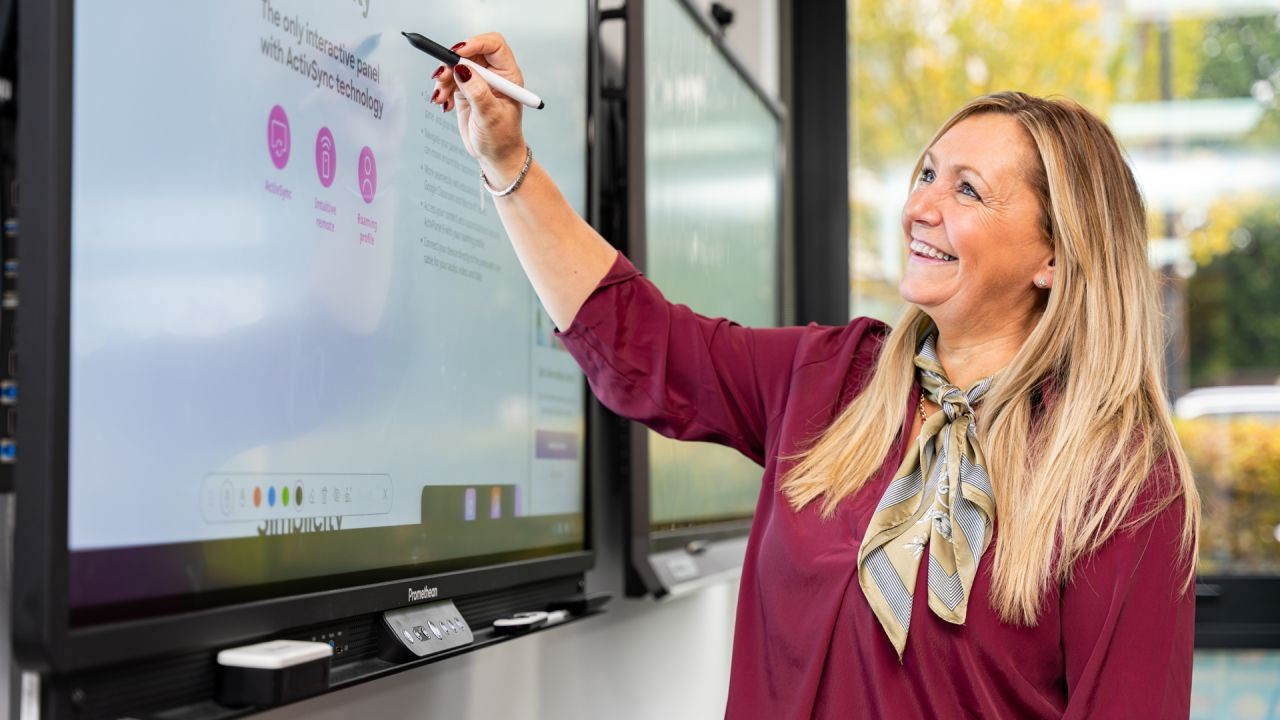







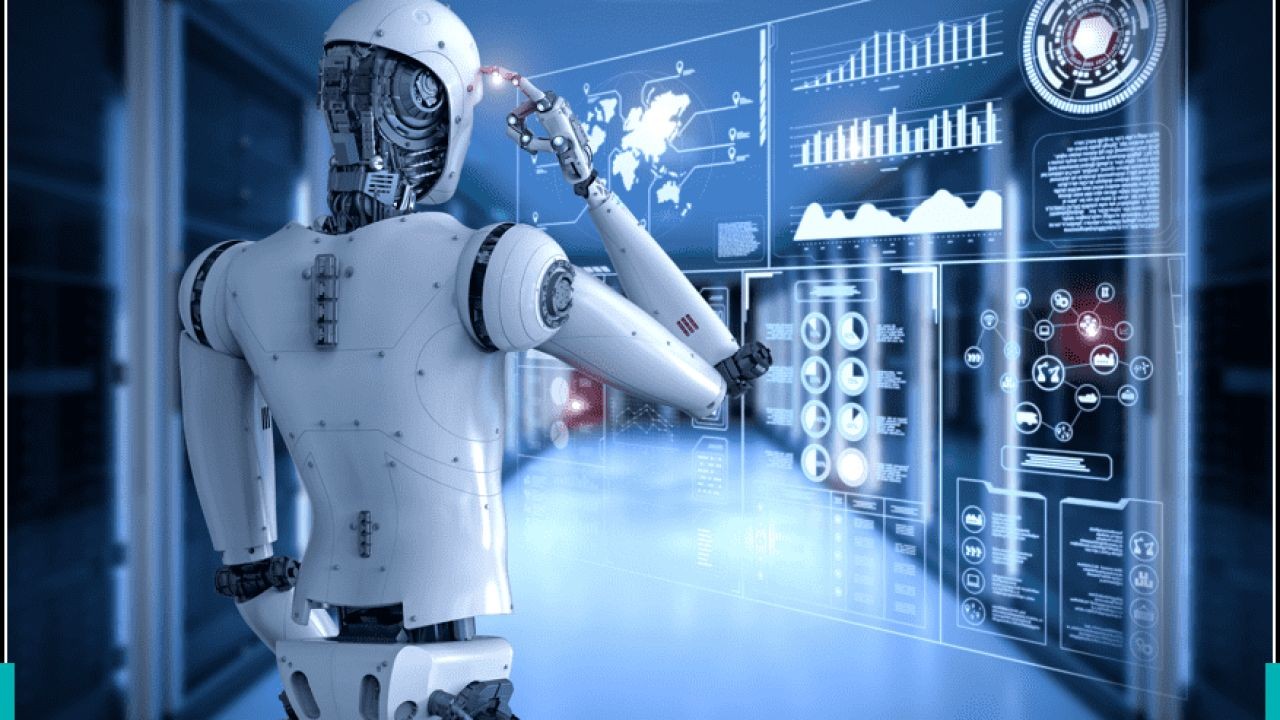

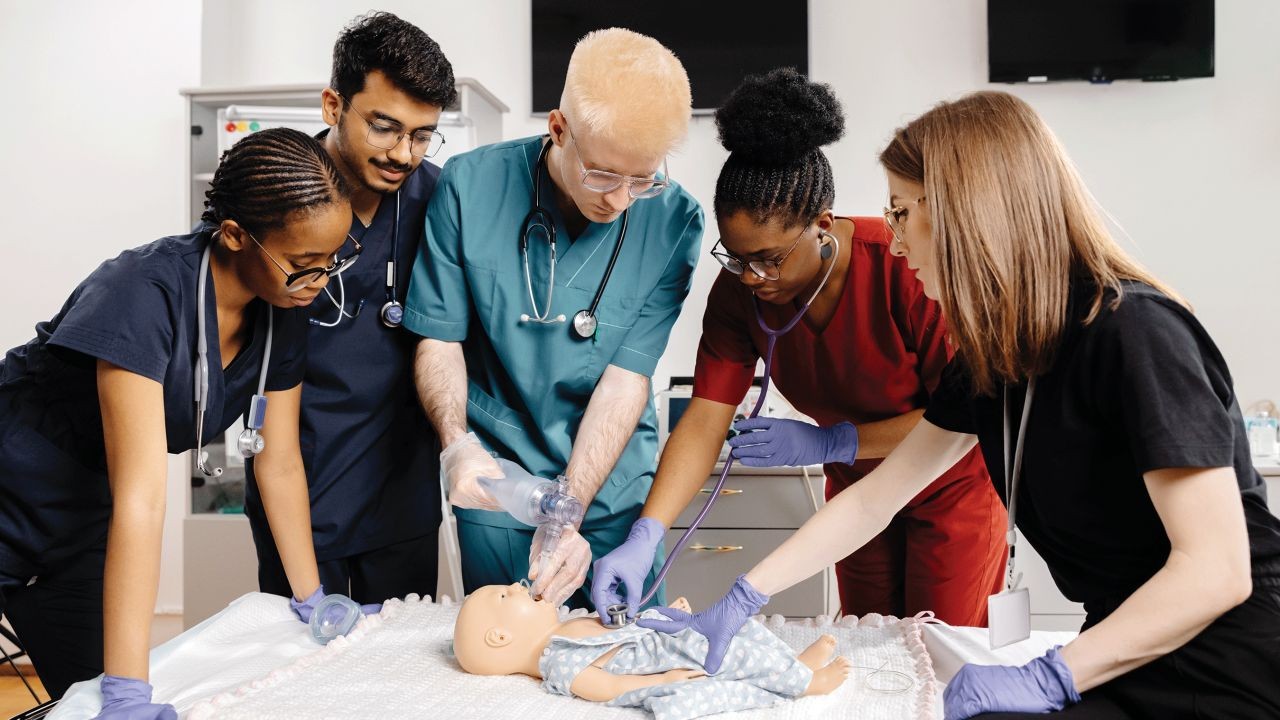


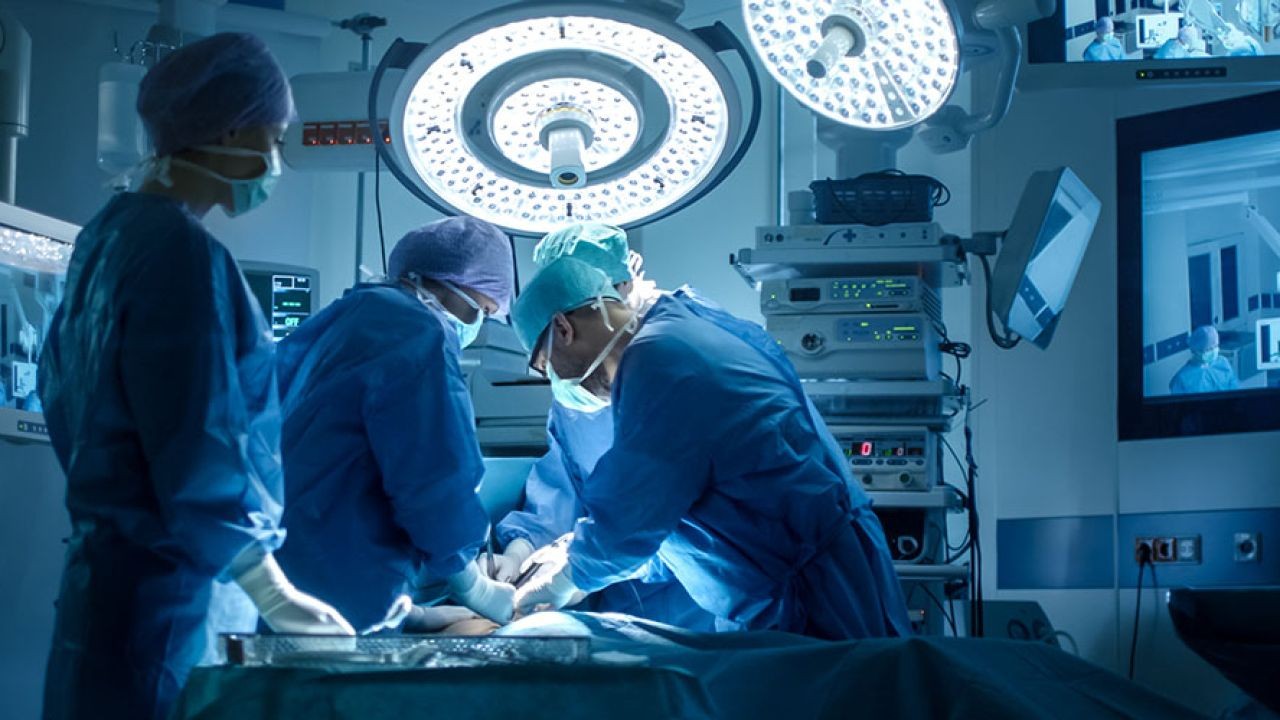








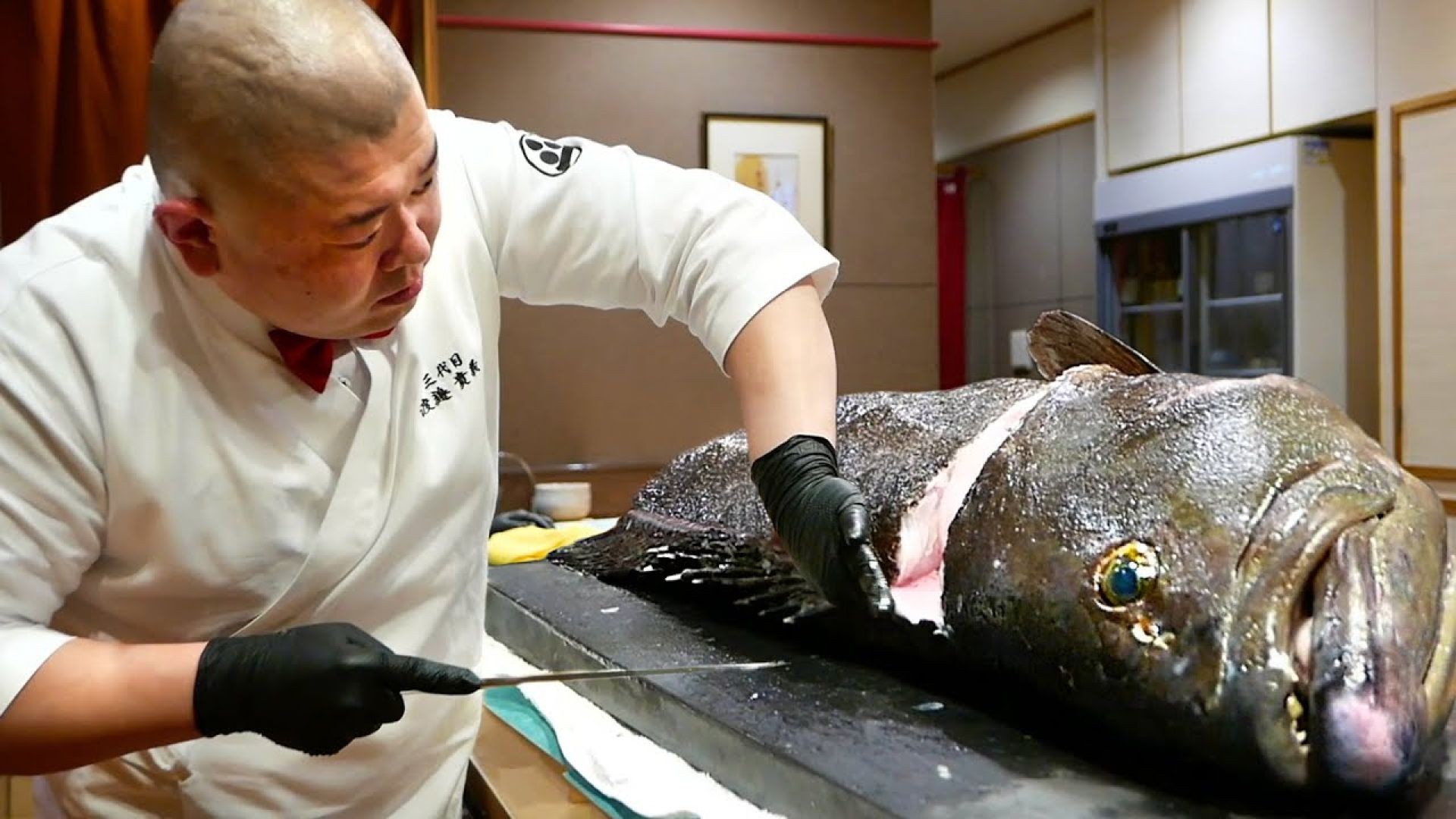
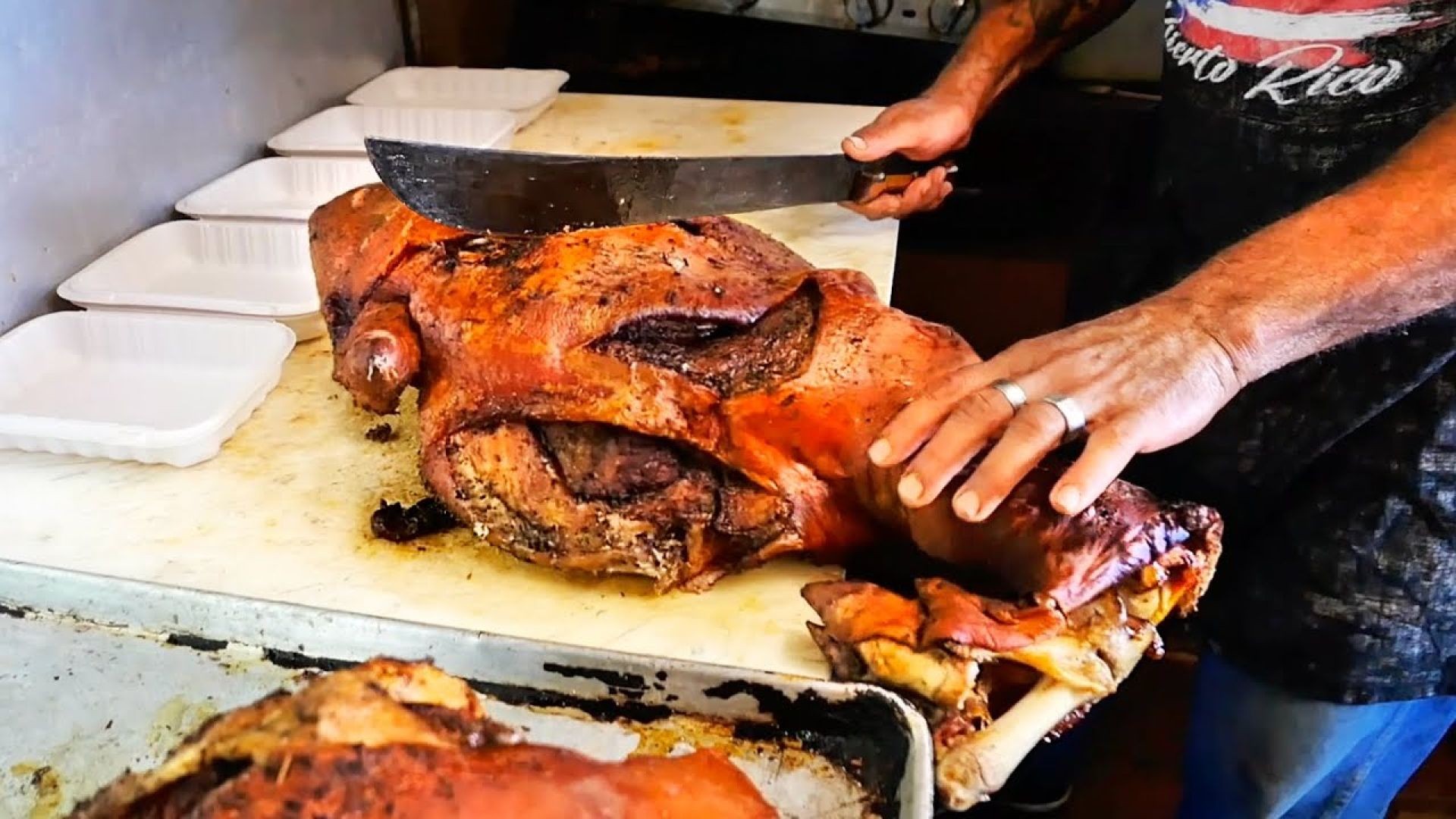
Mitchell Brown
4 months ago